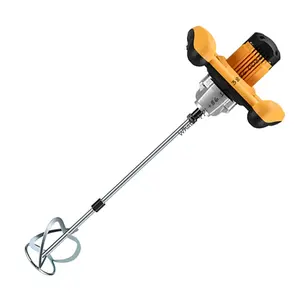Popular in your industry



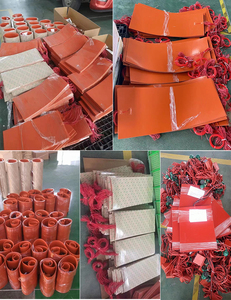





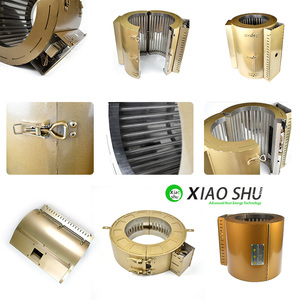






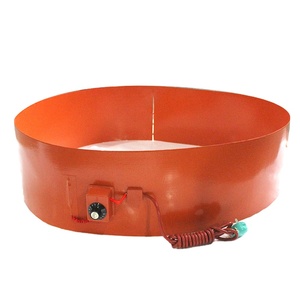
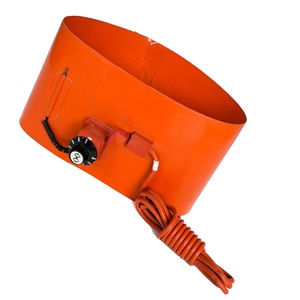
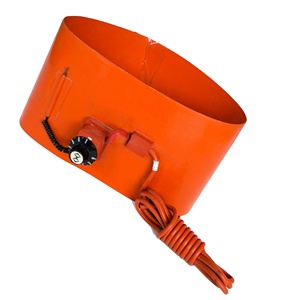



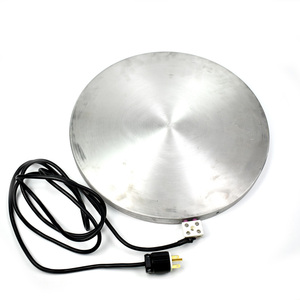




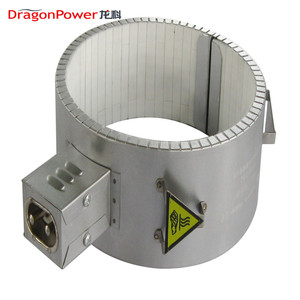



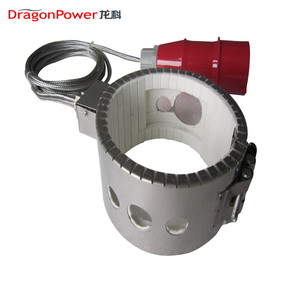


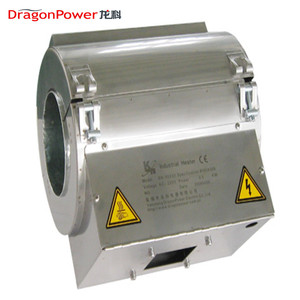








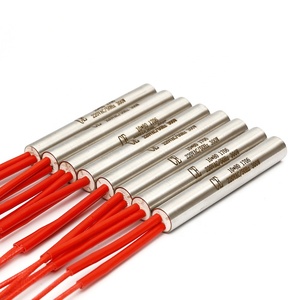






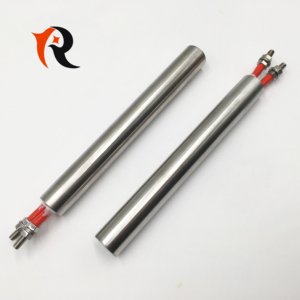









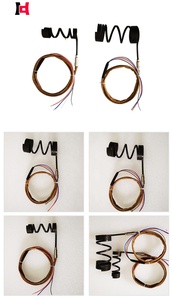










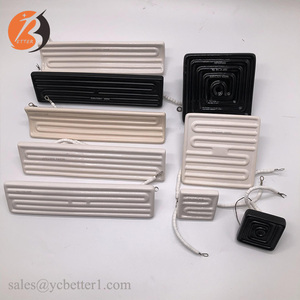
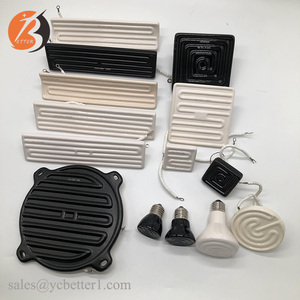




Related Searches:





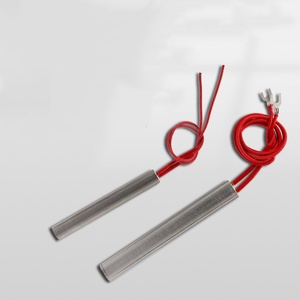

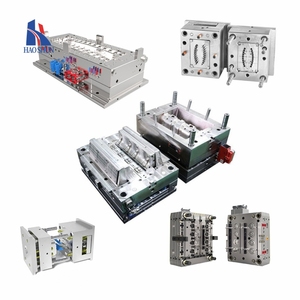
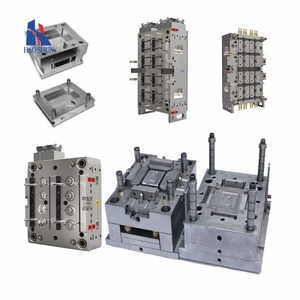
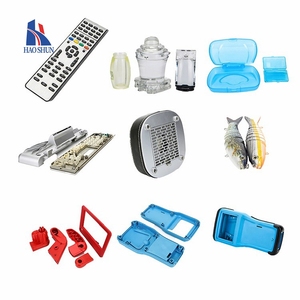

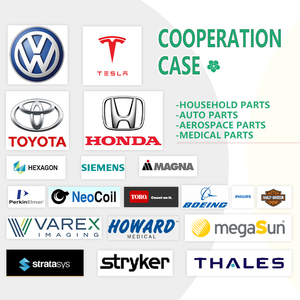




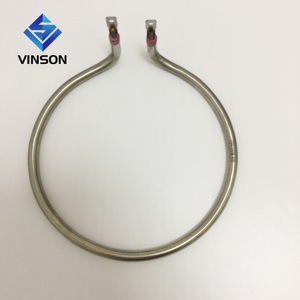
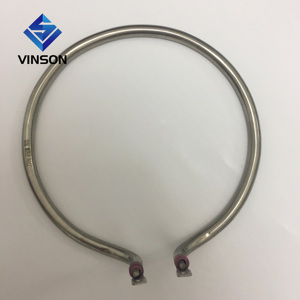










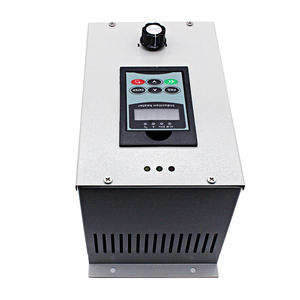
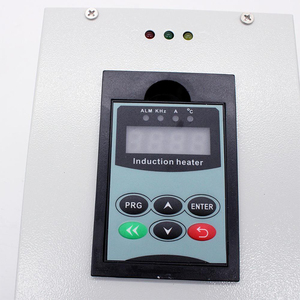
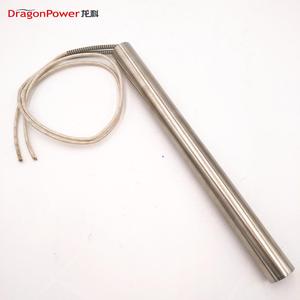
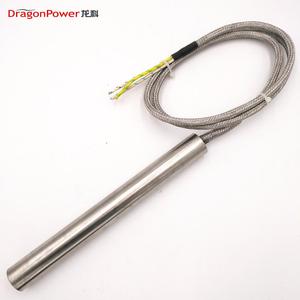













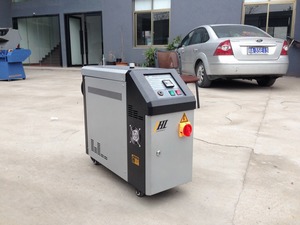


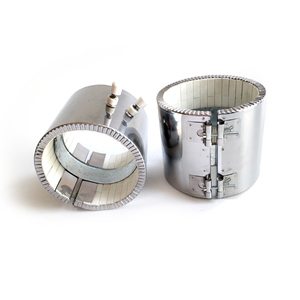
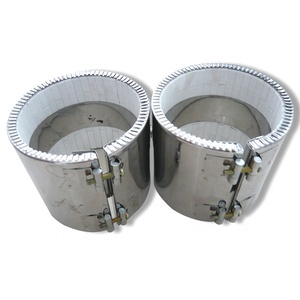



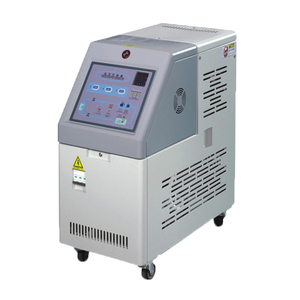














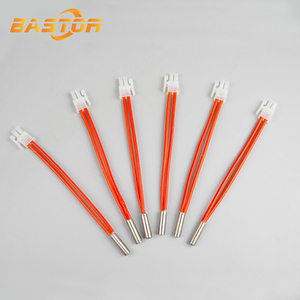


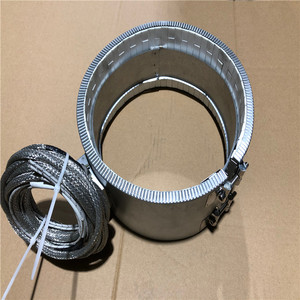





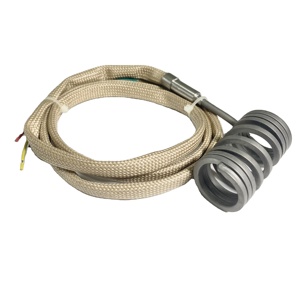

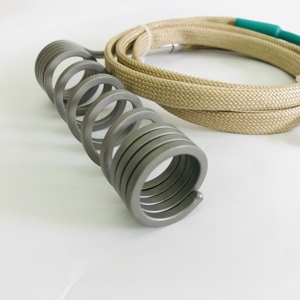



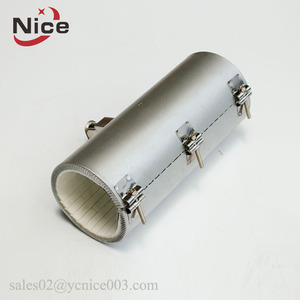





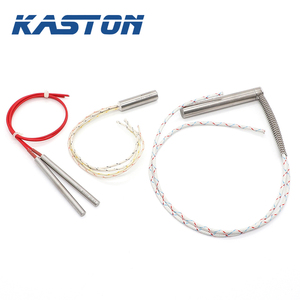
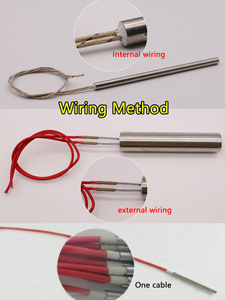









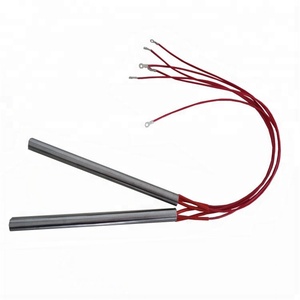



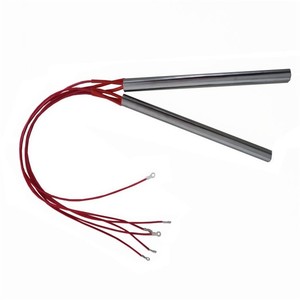
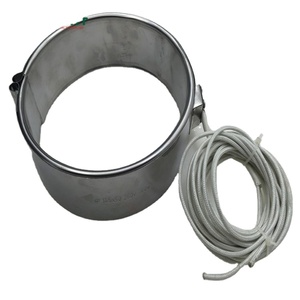

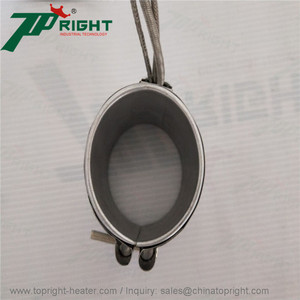

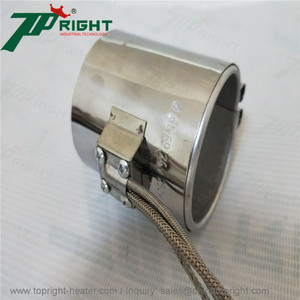
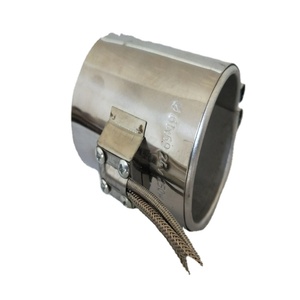

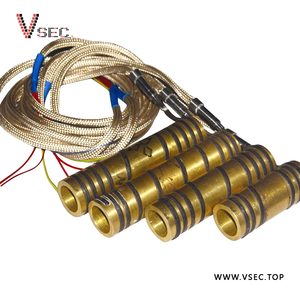








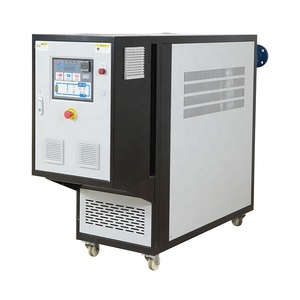
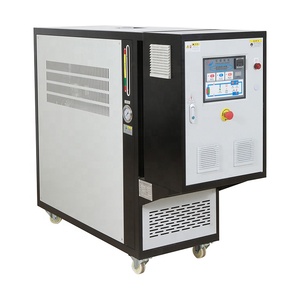
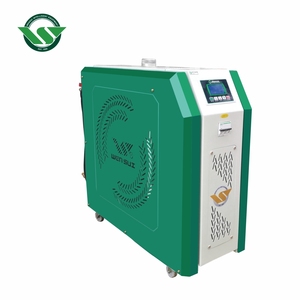

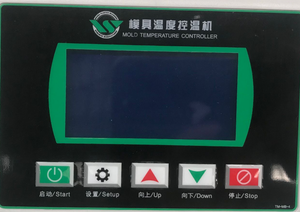


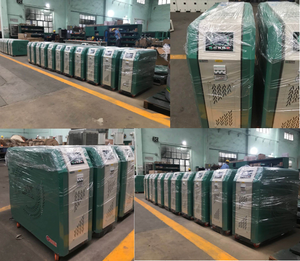



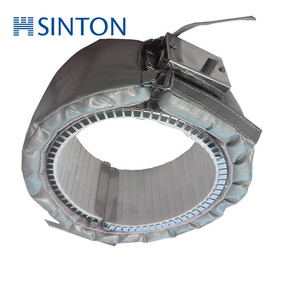




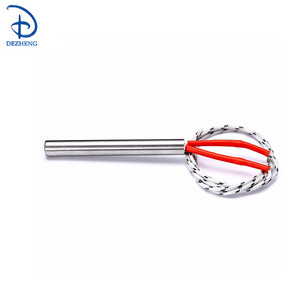









Top categories
About mould heater
The mould heater is a crucial component in the injection molding process, where it serves the function of ensuring the mold reaches and maintains the required temperature for the proper formation of the plastic material. The heater for injection molding machine is specifically designed to cater to the heating needs of molds used in injection molding machines. It employs a heating element, often made of resistant alloys, and is incorporated into the mold structure, allowing for precise temperature control throughout the molding process.
The Importance of Mould Heaters
Mould heaters play a vital role in the injection molding process, contributing significantly to the overall efficiency and quality of the manufactured products. The primary purpose of injection molding machine heaters is to ensure the mold reaches and maintains the precise temperature required for the specific material being used. Consistent and controlled temperature is critical for the success of the molding process, as it directly impacts the material's flow, cooling, and overall structural integrity. By utilizing a mold heater, manufacturers can achieve uniform heating throughout the mold, resulting in consistent part dimensions and reducing the likelihood of defects.
The ability to precisely control the temperature is a key advantage of using molding machine heaters. Different materials have unique temperature requirements for optimal processing, and the flexibility of mold heaters allows for easy adjustment to accommodate various materials. This customization not only enhances the quality of the final products but also contributes to energy efficiency by avoiding unnecessary temperature fluctuations. Moreover, the use of injection molding heaters enhances the overall productivity of the injection molding process. By rapidly heating the mold to the desired temperature and maintaining it throughout the cycle, mold heaters help reduce cycle times and increase the number of parts produced within a given timeframe, resulting in improved operational efficiency and cost-effectiveness.
The Types of Mould Heaters
There are several types of mold heaters available, each designed to cater to specific requirements and preferences within the injection molding industry. One common type of mold heater is the cartridge heater, which consists of a cylindrical heating element that is inserted into the mold. This design allows for easy installation and removal, making it a versatile option for various molding applications. Another popular choice is the band heater, which comprises a flexible metal band with an integrated heating element. Band heaters are wrapped around the exterior of the mold, providing uniform heat distribution and efficient thermal transfer. Additionally, some molds may utilize tubular heaters, which are constructed with a tube-shaped heating element. They can be custom bent or shaped to fit the mold's specific contours, ensuring even heating of complex geometries. For applications requiring rapid heat-up and precise temperature control, advanced technologies like induction heaters or hot runner systems may be employed.
The Considerations for Choosing Mould Heaters
When selecting a mold heater, several crucial factors should be considered to ensure optimal performance and compatibility with the injection molding process. First and foremost, it is essential to assess the specific temperature requirements of the materials being used. Different plastics have varying melt temperatures, and the mold heater should be capable of reaching and maintaining these temperatures consistently. The heater's heating capacity, often measured in watts, is a critical specification. It determines how quickly the mold can be heated and the overall efficiency of the heating process. Additionally, the physical dimensions of the mould heaters must align with the mold's size and geometry. Proper fit is essential for uniform heating and avoiding potential issues during the molding process. The heater's construction material should also be evaluated for durability and corrosion resistance, ensuring longevity and performance in demanding manufacturing environments.

